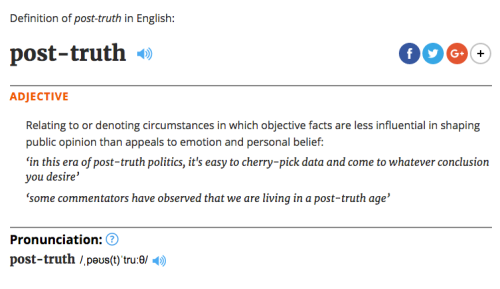 New Years is a time of reflection and looking forward. It is a time to take stock of what is working and what is not…making plans to maximize the good and minimize the bad. I just finished an interesting book…The Attention Merchants by Tim Wu, and, if I may be so bold, I would like to make a suggestion that I think will improve your focus and productivity in 2017. And that suggestion is…..(drum roll)…..change the way you currently give your attention to media.
New Years is a time of reflection and looking forward. It is a time to take stock of what is working and what is not…making plans to maximize the good and minimize the bad. I just finished an interesting book…The Attention Merchants by Tim Wu, and, if I may be so bold, I would like to make a suggestion that I think will improve your focus and productivity in 2017. And that suggestion is…..(drum roll)…..change the way you currently give your attention to media.
Media companies want your attention. No great revelation there. Your attention is valuable, and the more of it that they can collect and sell, the more money they make. So they work really hard at finding new ways to collect your attention. Sometimes in tiny fragments (e.g., preroll ads and billboards), and sometimes for long periods at a time (e.g., binge viewing).
Media companies know that you’re busy, and that they can’t always count on you to volunteer your attention. They can’t count on you to remember to go to their website or click on their app. So they devise ways to bring the content to you. This strategy has been around for quite a while and it is known as “pushing” content to the consumer. Rather than counting on the consumer to “pull” in the content that they want, media companies “push” it out to those who have opted in. You have probably opted in to all kinds of push notifications…typically when you initially sign up for some neat bit of content that you want to receive. From that point on, they have permission to push new content to you…to notify you that there’s something new to see, hear, read, etc.
So what’s the problem? The problem is that our attention is not infinite. If we’re going to focus on anything worthwhile, we need uninterrupted attention. We need to be free of the distractions that push media provide. Social media may be the most obvious and blatant example of constant clamoring for your attention, but it’s not the only form of media that is working overtime to suck you in.
You might think that you can handle it…that you can manage several streams of incoming data at the same time. But you would be wrong. All of the research indicates that multi-tasking is a myth. What your brain is doing is switching quickly from one stream to the other, not doing anything particularly well.
There are several ways to reduce this threat and I’ll let you figure out which one works best for you. But I can assure you that taking control of who’s in control of your attention will make you a more focused and productive student (friend/employee/etc.) in 2017.

 Well, for starters there’s less conservative news from conservative sources than one might expect. A recent
Well, for starters there’s less conservative news from conservative sources than one might expect. A recent 





